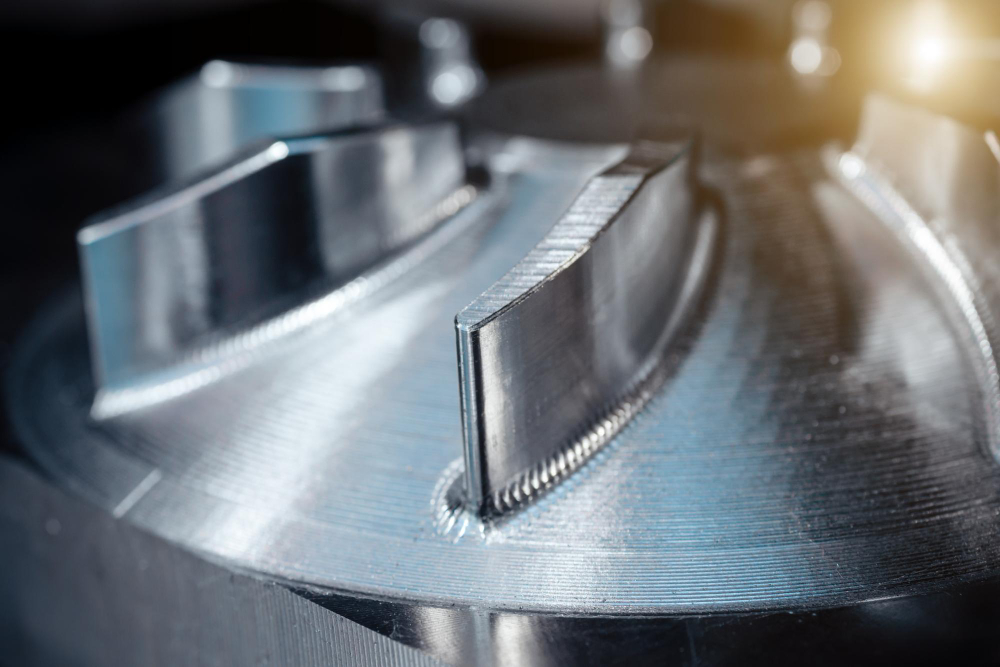In the world of materials science and engineering, understanding the internal structure of metallic components is paramount. This understanding not only aids in quality control during manufacturing processes but also provides invaluable insights into the performance, durability, and failure analysis of metals. Metallographic examination stands as a cornerstone technique in this realm, offering a microscopic window into the intricate microstructures of metals.
What is Metallographic Examination?
Metallographic examination, often referred to as metallography, is the study of a metal’s microstructure using microscopy. It involves the preparation, examination, and interpretation of polished and etched metal samples under a microscope. By revealing the arrangement of grains, phases, inclusions, and defects within a material, metallography allows for a detailed analysis of its properties and behavior.
The Process of Metallographic Examination:
Sample Preparation: The journey of metallographic examination begins with the careful preparation of the metal sample. This typically involves cutting, mounting, grinding, polishing, and etching the specimen to reveal its internal structure without inducing artifacts or altering its characteristics.
Microscopic Observation: Once the sample is prepared, it is placed under a microscope equipped with various magnification levels. Optical microscopes, electron microscopes, and even advanced techniques like scanning electron microscopy (SEM) are employed to observe the microstructure with precision.
Analysis and Interpretation: Through systematic observation, the metallurgist or materials scientist analyzes the sample’s features, such as grain size, grain boundary characteristics, phases present, porosity, inclusions, and any defects. This analysis provides crucial information about the material’s composition, processing history, mechanical properties, and performance.
Documentation and Reporting: Detailed documentation of the observed microstructure is essential for future reference and analysis. This documentation includes micrographs, annotations, measurements, and any pertinent observations. It forms the basis for comprehensive reports and facilitates collaboration among researchers and engineers.
Applications of Metallographic Examination:
Quality Control in Manufacturing: Metallography plays a vital role in ensuring the quality and consistency of metallic products during manufacturing processes. By examining samples at various stages of production, defects such as cracks, voids, segregations, and improper grain structures can be identified and rectified, thus enhancing product reliability.
Material Characterization: Understanding the microstructure of metals is crucial for predicting their mechanical, thermal, and corrosion resistance properties. Metallographic examination aids in characterizing materials for specific applications, guiding the selection of suitable alloys, heat treatments, and processing techniques.
Failure Analysis: When metallic components fail in service, metallography serves as a powerful tool for root cause analysis. By examining the fractured surfaces and internal microstructures of failed components, investigators can determine the mechanisms of failure, whether it be due to fatigue, corrosion, overheating, or other factors.
Research and Development: Metallographic examination is fundamental to research and development efforts aimed at improving material performance and advancing metallurgical science. Researchers use it to study phase transformations, precipitation phenomena, grain growth behavior, and other fundamental processes governing the behavior of metals.
Challenges and Advances:
While metallographic examination has been a staple technique in materials science for decades, ongoing advancements continue to refine and expand its capabilities. Innovations in sample preparation techniques, microscopy instrumentation, and image analysis software have enhanced the speed, accuracy, and depth of analysis achievable through metallography.
However, challenges such as the need for skilled technicians, time-consuming sample preparation, and the interpretation of complex microstructures persist. Addressing these challenges requires ongoing training, collaboration across disciplines, and the integration of emerging technologies like artificial intelligence and machine learning for automated analysis and interpretation.
In the ever-evolving landscape of materials science and engineering, metallographic examination remains indispensable for unraveling the mysteries hidden within metallic microstructures. From ensuring product quality to unraveling the causes of failure and driving innovation, metallography serves as a cornerstone technique, shedding light on the inner workings of metals and paving the way for advancements in diverse fields ranging from aerospace and automotive to energy and healthcare. As technology continues to progress, the future of metallographic examination holds promise for even deeper insights into the complex world of metallic materials.
